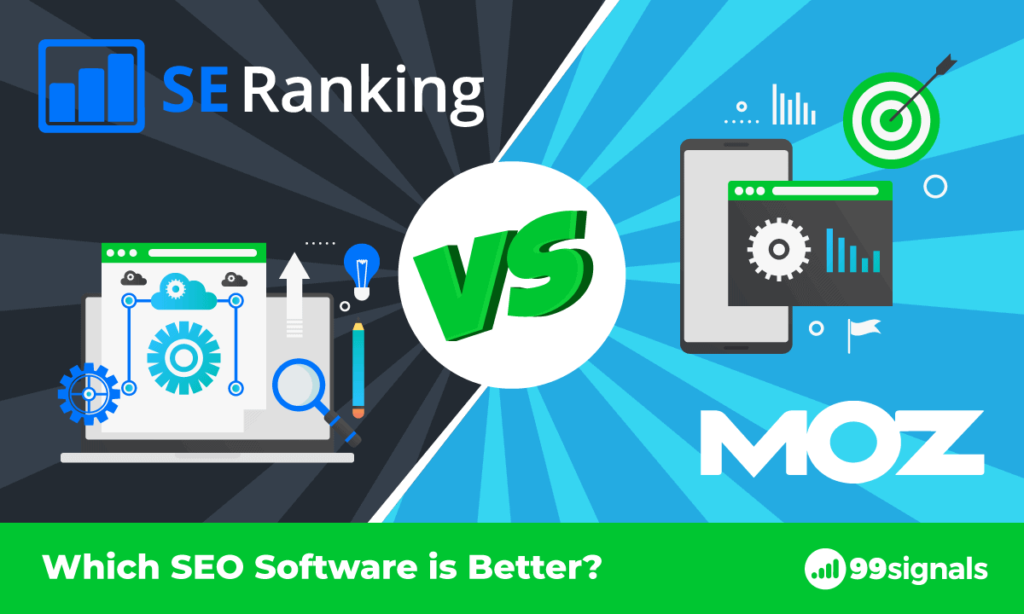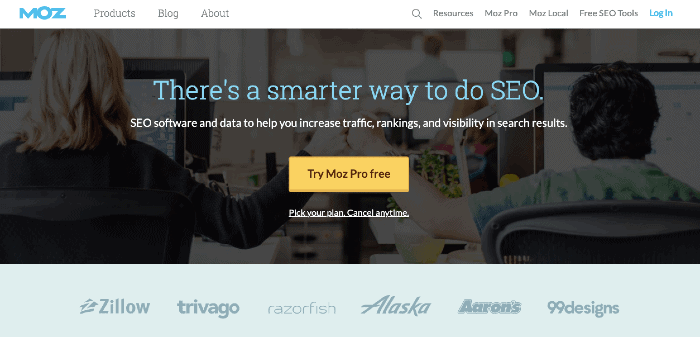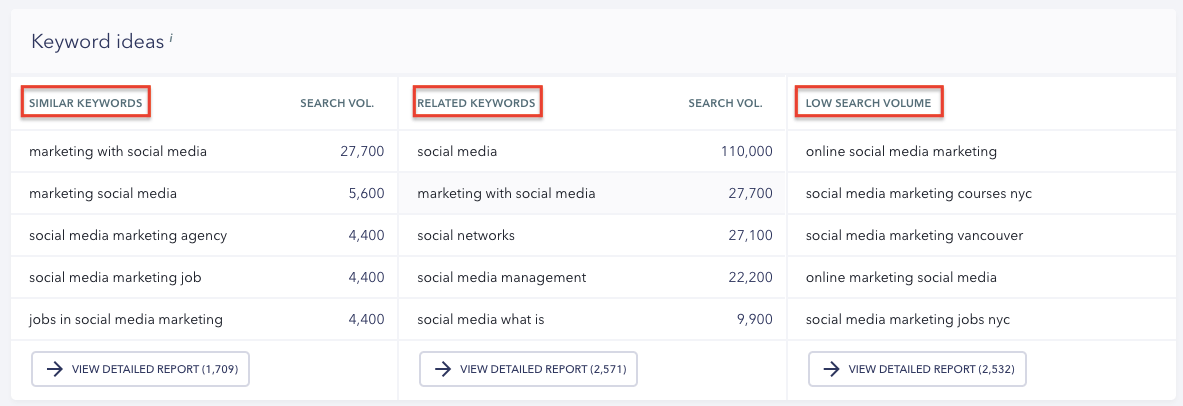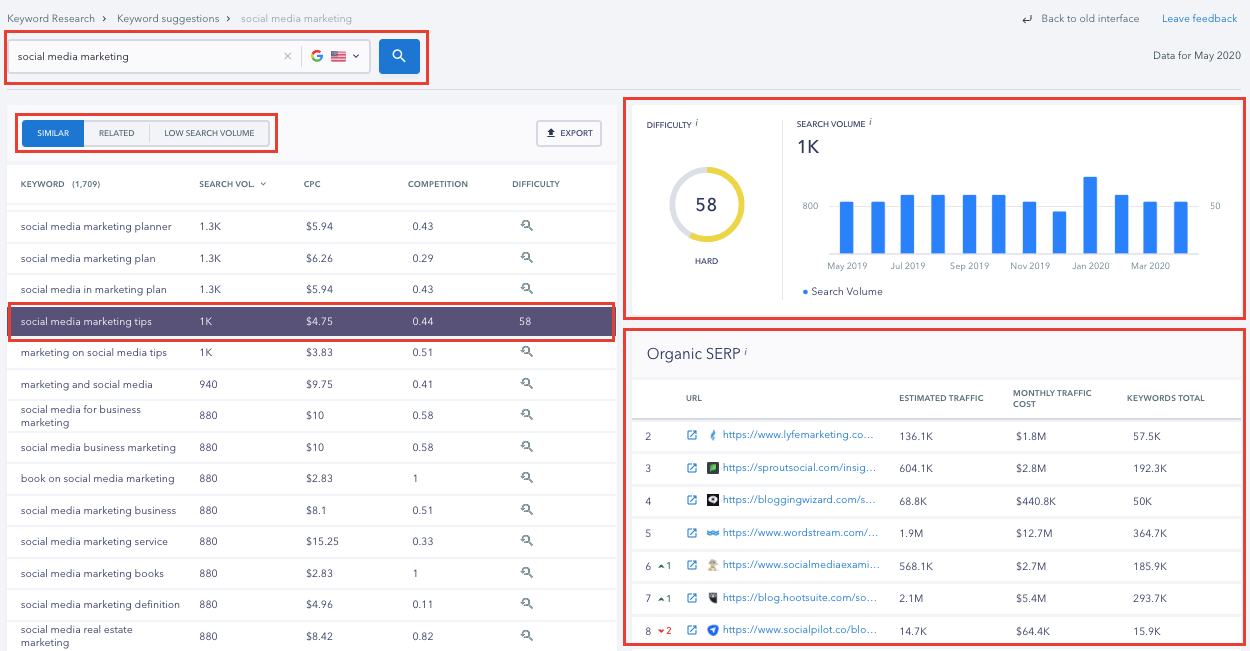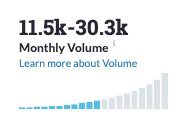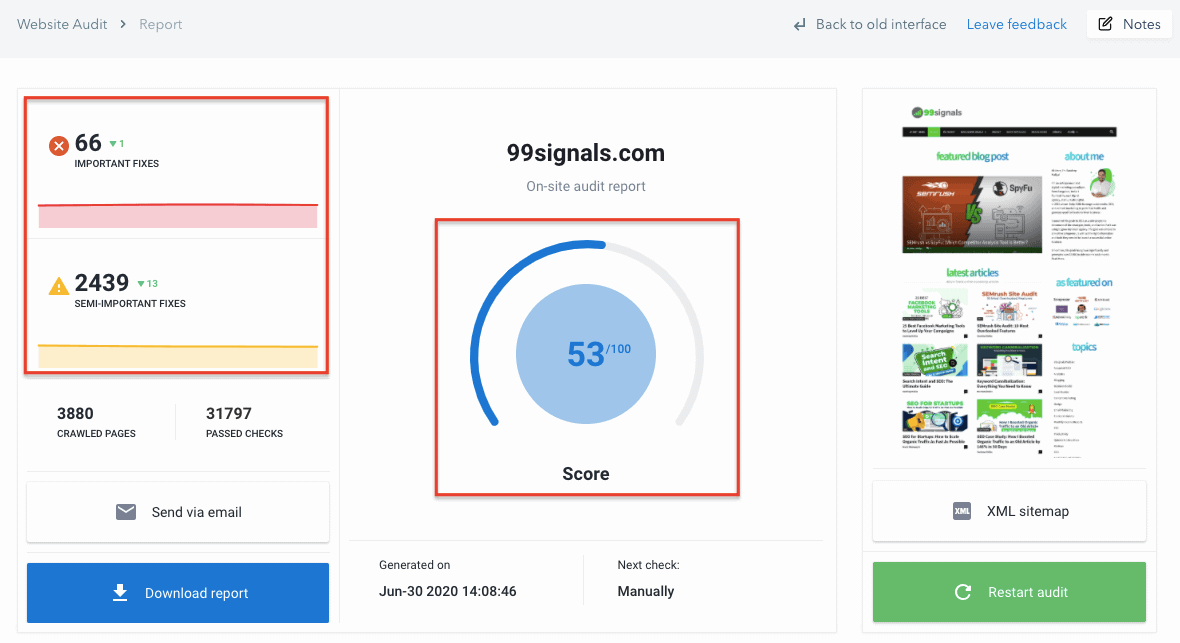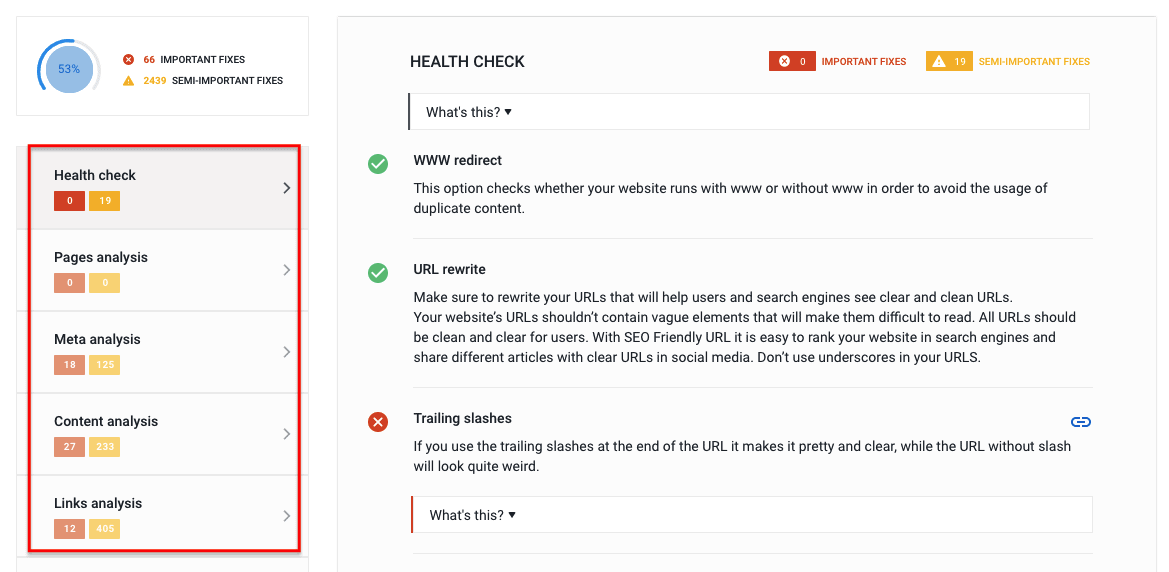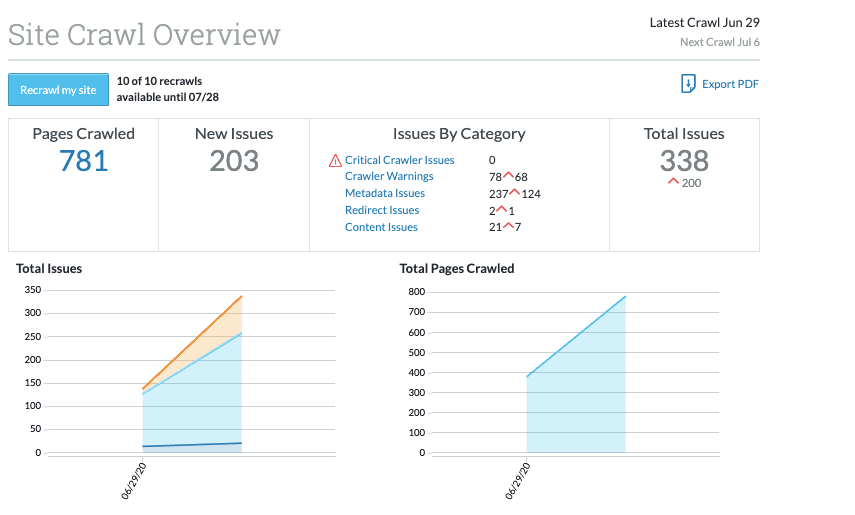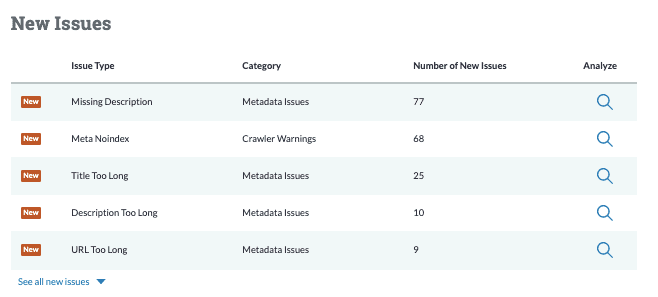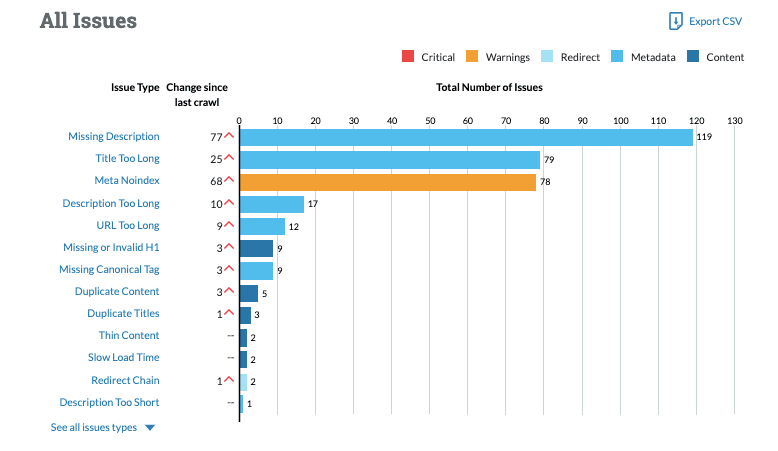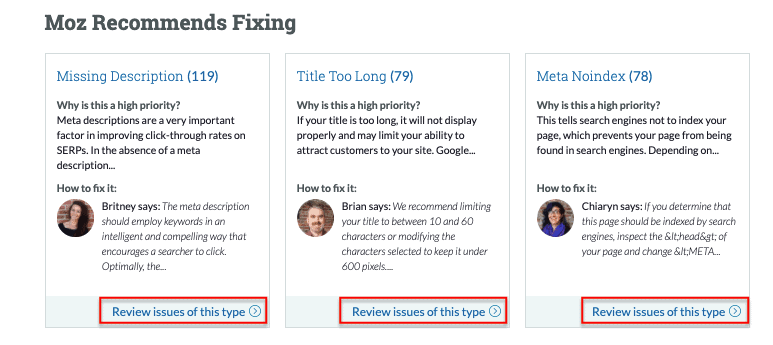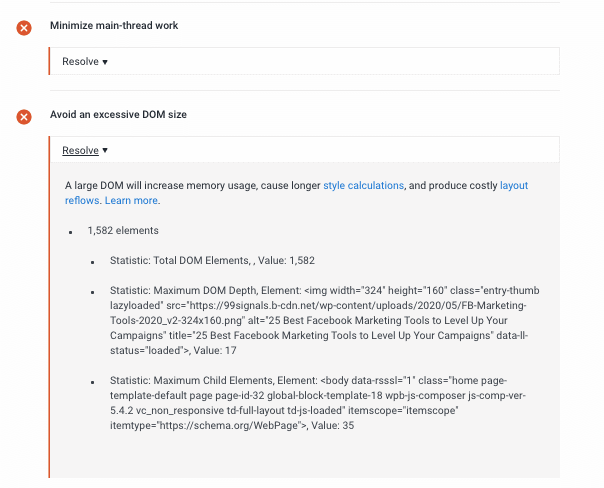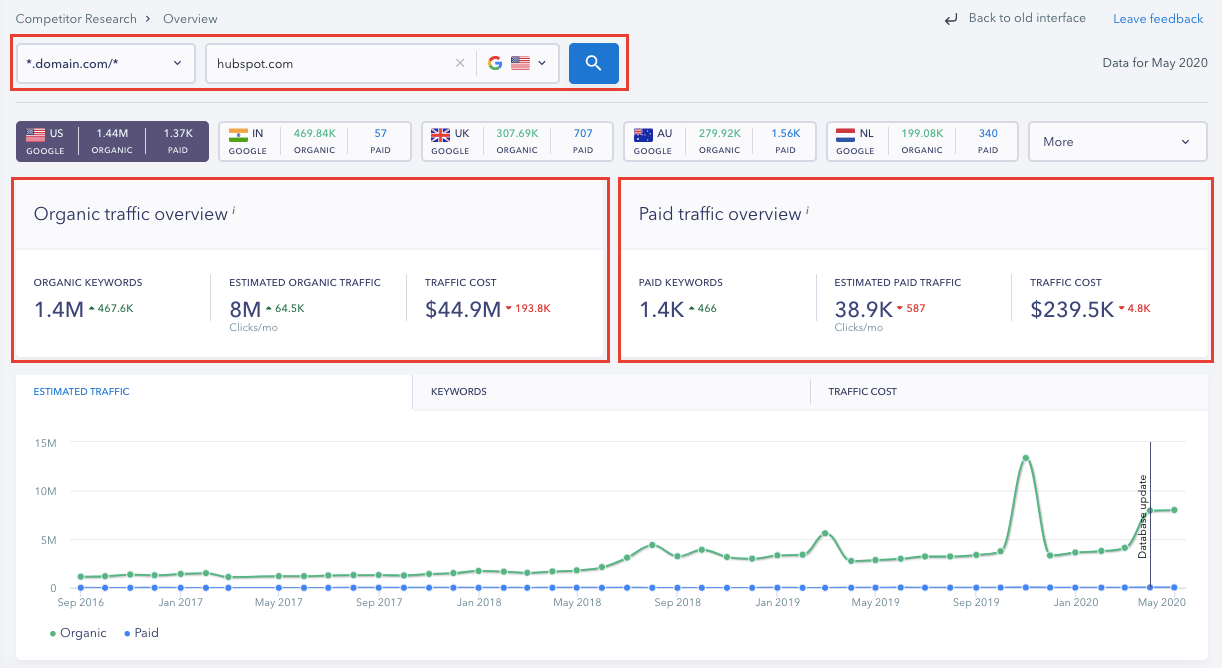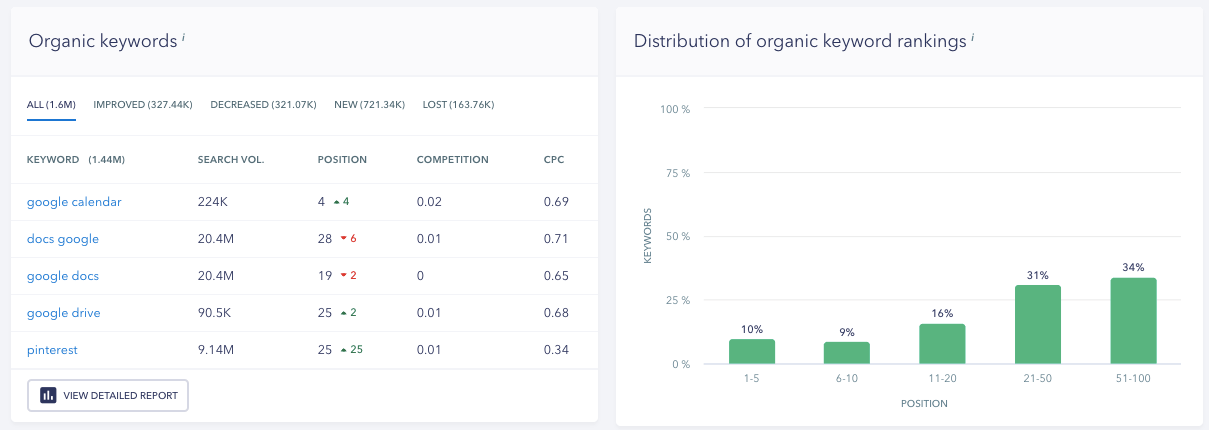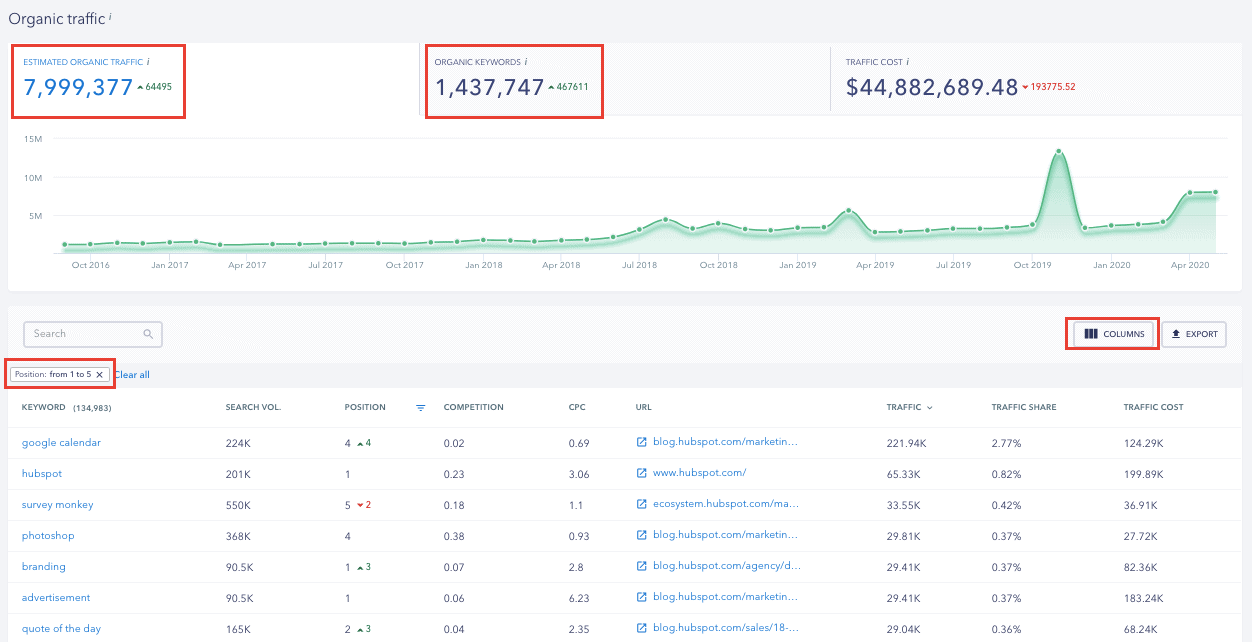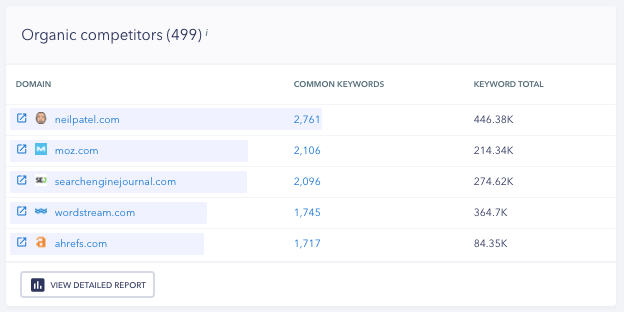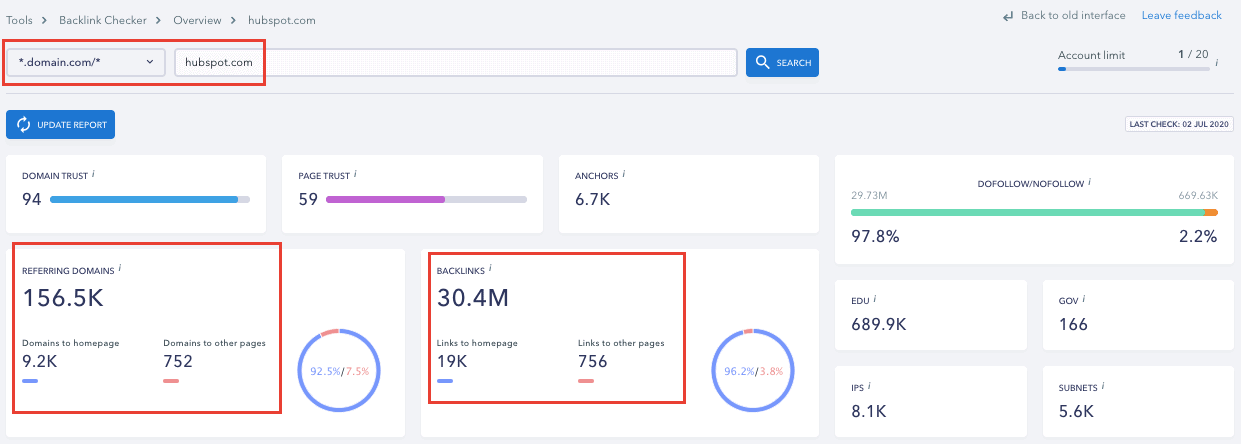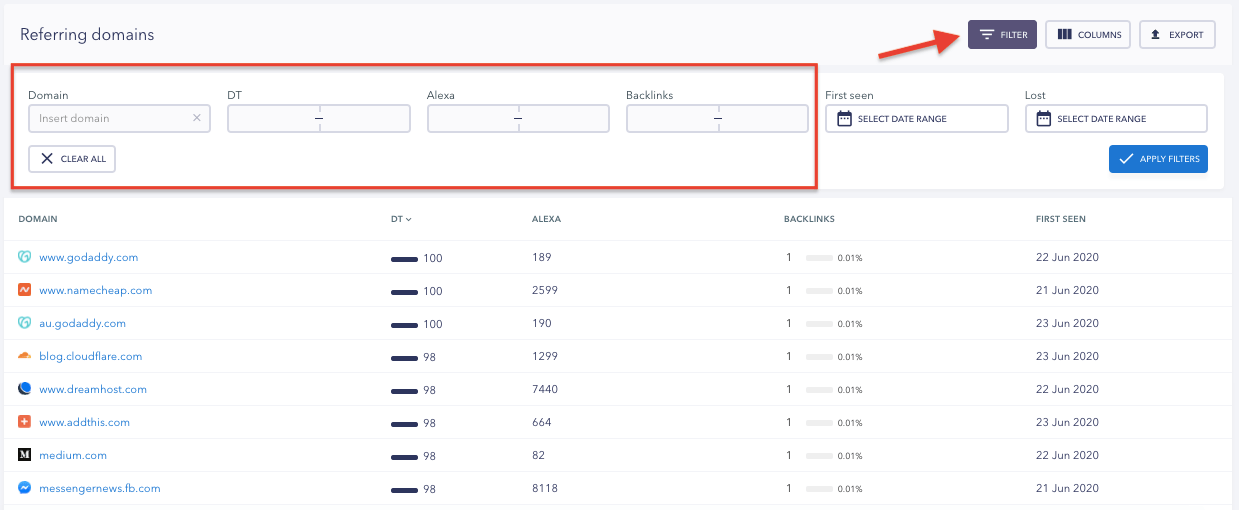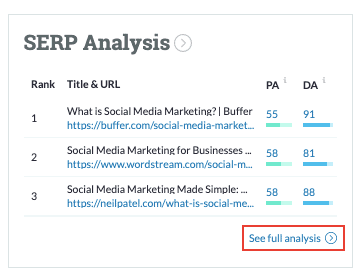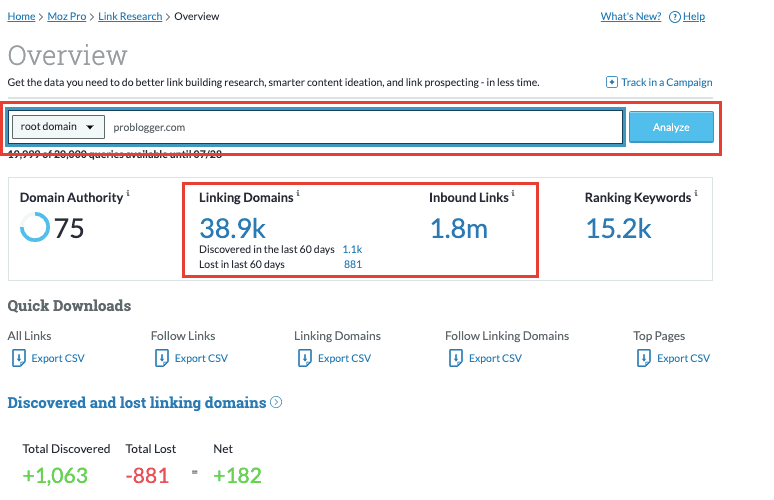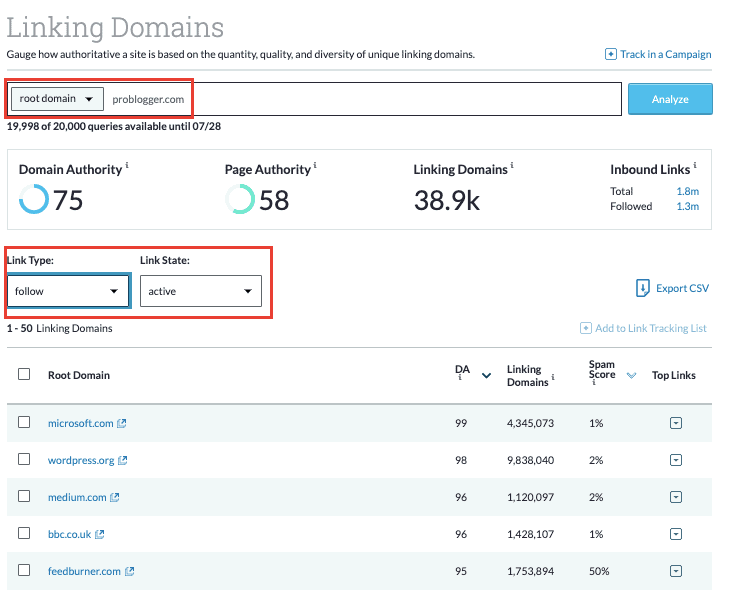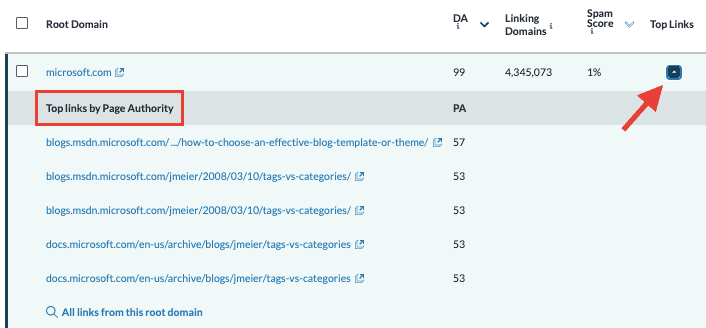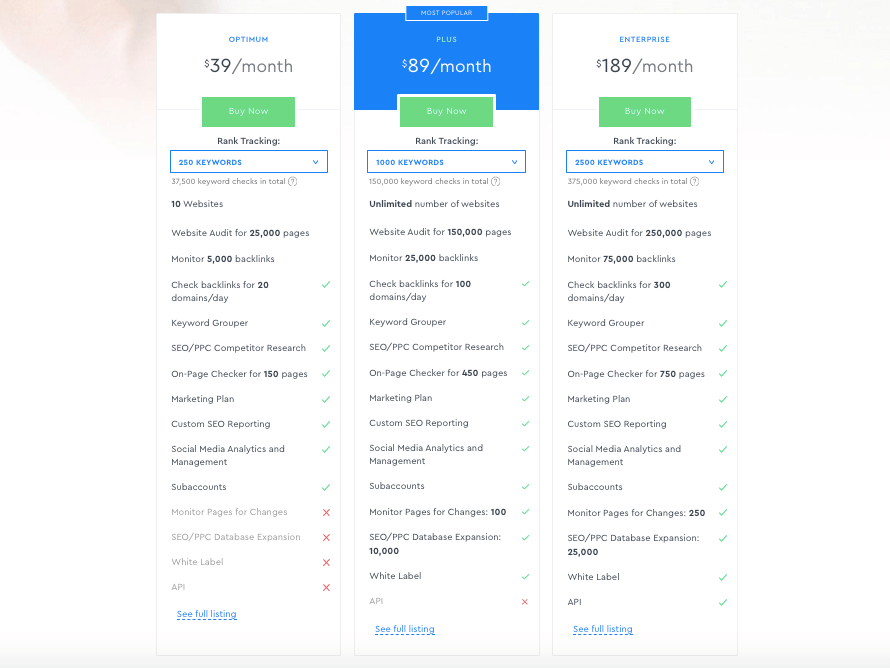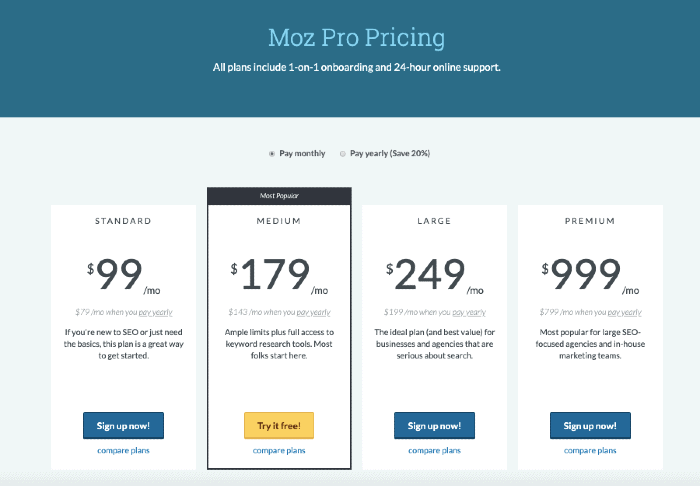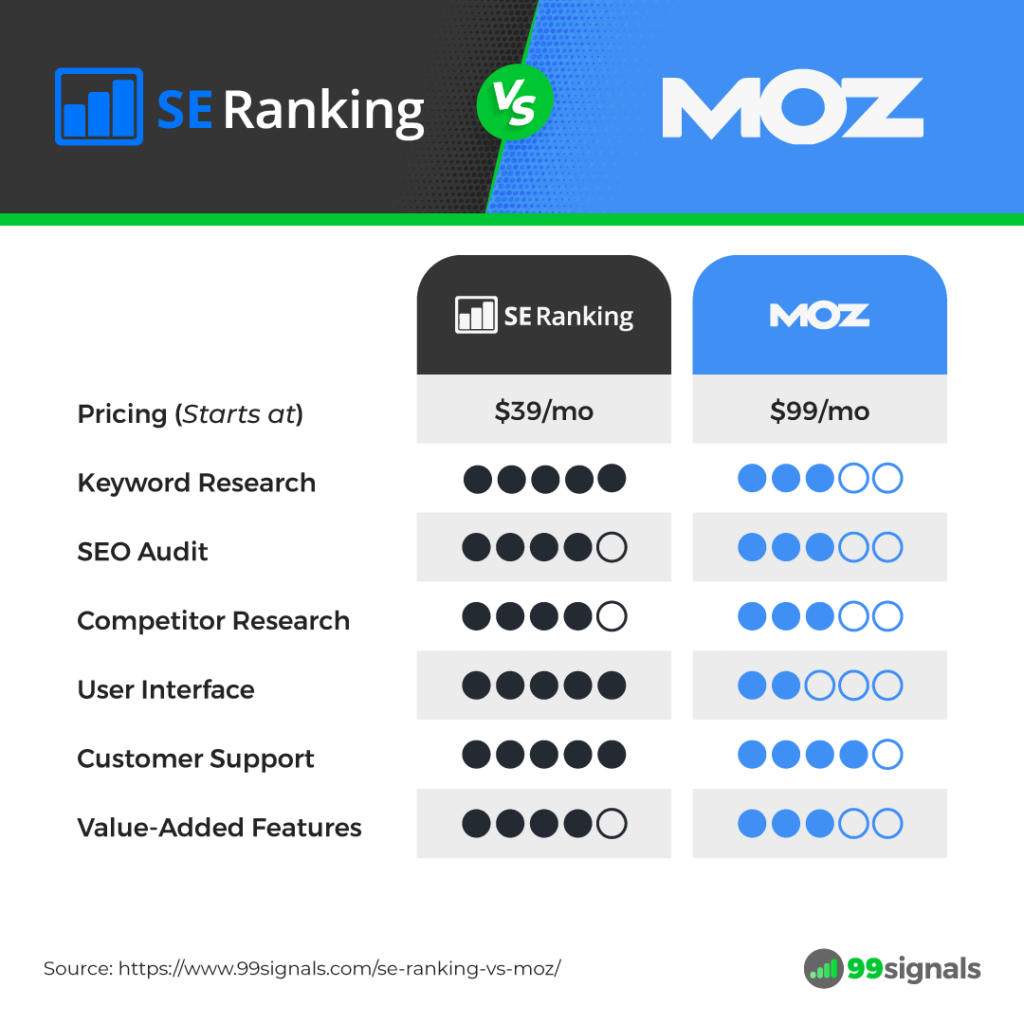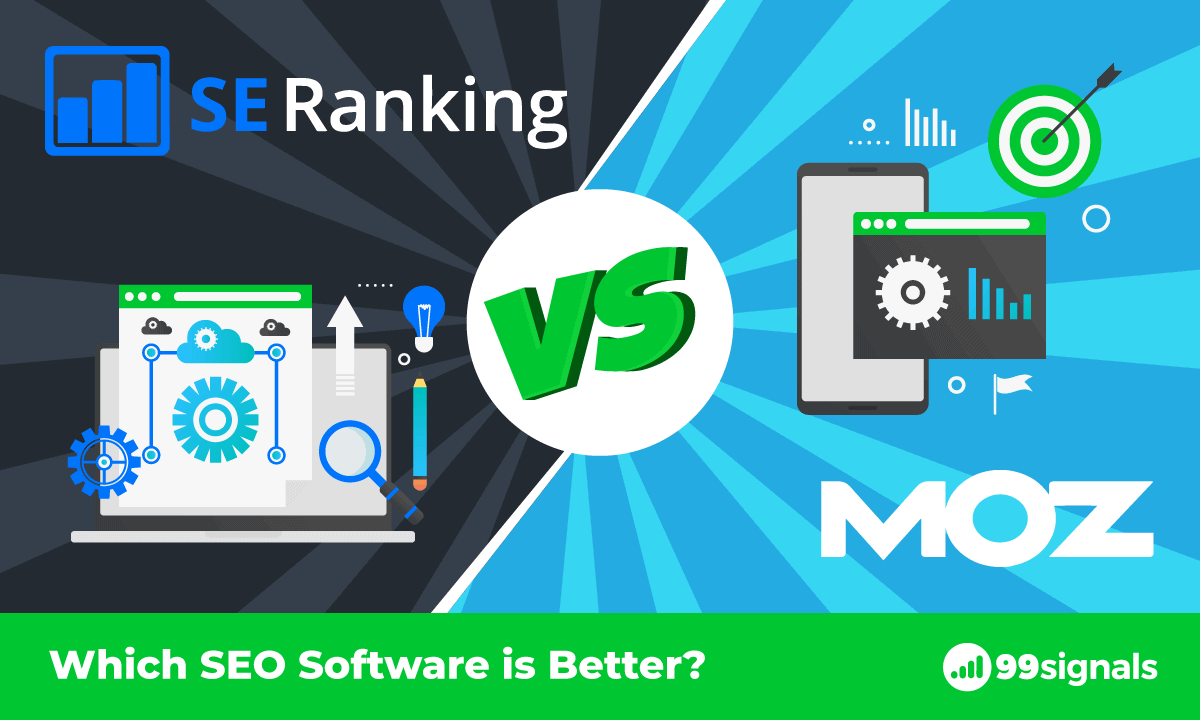In this post, I’ll compare SE Ranking and Moz on their key features and help you decide which SEO software is worth investing in. Both platforms have tools for keyword research, competitor research, and SEO audit. But which one is better? Let’s find out! I’ll be comparing SE Ranking and Moz in terms of:
Keyword research SEO audit Competitor research Pricing plans
Without further delay, let’s dive right in. Editor’s note: Before we get started, make sure you sign up for free trials offered by both these tools so you can implement some of the action items discussed in this post. Since you’re on the verge of buying one of them, I’d encourage you to explore their key features before making the final call.
Sign up for a 2-week free trial of SE Ranking Sign up for a 1-month free trial of Moz Pro
Introduction to SE Ranking and Moz
Introduction to SE Ranking and MozKeyword Research: SE Ranking vs MozSE Ranking: Keyword Research FeaturesMoz: Keyword Research FeaturesWhich SEO Tool is Better for Keyword Research?SEO Audit: SE Ranking vs MozSE Ranking: SEO Audit FeaturesMoz: SEO Audit FeaturesWhich SEO Tool is Better for SEO Audit?Competitor Research: SE Ranking vs MozSE Ranking: Competitor Research FeaturesMoz: Competitor Research FeaturesWhich Tool is Better for Competitor Research?Pricing Plans: SE Ranking vs MozSE Ranking: Pricing PlansMoz: Pricing PlansFinal Verdict: SE Ranking vs Moz
SE Ranking is a cloud-based SEO platform for entrepreneurs, agencies, and online marketing professionals. Launched in 2013, SE Ranking’s headquartered in London, UK, with offices in USA, Russia, Ukraine, and Belarus. SE Ranking comprises of a complete set of tools for in-depth site audit, keyword research, keyword rank tracking, competitor analysis (both SEO and PPC), backlink checking, and much more. While it’s relatively new compared to other cloud-based SEO tools on the market, including Moz, SE Ranking has created a niche for itself and is currently used by over 400,000 users across the world.
Moz, on the other hand, is an industry heavyweight. The company was founded by Rand Fishkin and Gillian Muessig in 2004. Initially called SEOmoz, it was launched as an SEO blog and an online community where some of the world’s first SEO experts shared their research and ideas. It then transformed into an SEO consulting firm before finally being launched as a full-fledged SEO software. The company rebranded from SEOmoz to Moz in 2013. Like SE Ranking, Moz is an all-in-one SEO platform that includes tools for keyword research, website audit, backlink analysis, rank tracking, and more. Now that you’ve been introduced to both these tools, let’s kickstart the comparison, starting with keyword research.
Keyword Research: SE Ranking vs Moz
Keyword research is the most important aspect of SEO. If you’d like to create content that resonates with your audience and rank higher in search results, you need to choose the right keywords. To make this task easier, it’s always better to have a trusted SEO tool by your side. Let’s compare SE Ranking and Moz on their keyword research features and find out which tool is better suited for keyword research.
SE Ranking: Keyword Research Features
Let’s quickly examine some of SE Ranking’s top keyword research features. To get started with keyword research on SE Ranking, click on the “Keyword Research” tab and enter your seed keyword(s) in the search box. Select the search engine and country from the drop-down next to the search box and hit the “Analyze” button.
SE Ranking will then provide you with a quick overview report of important keyword metrics for your seed keywords, including search volume, difficulty, and CPC.
Below the keyword metrics, you’ll find different keyword ideas generated from your seed keywords, grouped into 3 categories — similar keywords, related keywords, and low search volume keywords.
While this keyword data is great for a quick analysis of your target keywords, the real value of the keyword research tool lies with the complete list of keywords. To see the complete keyword list, click on “View Detailed Report” under any of the sections or simply click on the “Keyword Suggestions” tab on the left side menu.
Click on any of the keywords here to get information regarding search volume and difficulty on the right side of the report. You can also view the top ranking pages for the selected keywords, so you have data on who you’re competing against in organic SERPs. If you’d like to see PPC campaign data for your target keywords, simply click the “Paid results” tab on the left side menu. Here you’ll find a list of websites that are bidding for your target keywords on Google Ads.
You can view the ad copies by clicking on the “Ad” button against each website.
Moz: Keyword Research Features
To get started with keyword research on Moz, navigate to: Moz Pro > Research Tools > Keyword Explorer Type in your seed keywords in the search box, select the location, and hit “Analyze.”
Moz will then generate a Keyword Overview report with keyword metrics for your seed keywords, including monthly search volume, difficulty, organic CTR, and priority.
Below the keyword metrics, you’ll find the panels for Keyword Suggestions, SERP Analysis (top 3 pages for your target keywords), and Mentions. To view more keyword suggestions for your target keywords, click on “See all suggestions” at the bottom of the panel.
Use the advanced filters in this report to get the most relevant keyword data for your website.
Which SEO Tool is Better for Keyword Research?
I personally find SE Ranking’s keyword research reports to be better structured and easier to understand. My only gripe with SE Ranking’s Keyword Research tool is that you can’t generate a list of question-based keywords for your seed keywords. Moz’s Keyword Explorer, on the other hand, is a cluttered mess. Once the overview report is generated, you’ll have to sift through the keyword data manually or use the advanced filtering options to get what you’re looking for. In other words, it takes too many clicks to identify the right keywords for your campaign. The other thing about Moz is that it provides a monthly search volume range for your keywords, as opposed to the exact monthly search volume.
While this is acceptable for high-volume keywords like “social media marketing”, the data gets really vague when you type in low-volume and long-tail keywords. Call me old fashioned, but I prefer to see the exact search volume for the keywords I’m targeting. And finally, SE Ranking’s keyword research tools have more PPC features than Moz’s Keyword Explorer. If you run PPC campaigns for your business or clients, Moz’s keyword research reports don’t have anything of substance. Winner: SE Ranking
SEO Audit: SE Ranking vs Moz
If you’d like to rank on page 1 of Google consistently, you need to perform routine SEO audits on your site to identify and fix all the critical SEO errors that show up. To that end, most SEO tools have site audit features to help you fix all the common SEO issues that prevent your site from ranking higher in SERPs. Both SE Ranking and Moz have site audit features to help you with this critical SEO task. Let’s put these SEO audit features to the test and find out which tool is more adept in identifying, and fixing, the most troubling SEO errors.
SE Ranking: SEO Audit Features
Your site is automatically audited as soon as you add a new project on SE Ranking. To run a fresh audit, go to: Projects > Website Audit > Restart Site Audit The audit will take a few seconds, or if your site has many pages, a few minutes. You’ll then receive a sneak preview of your SEO audit report with your site’s SEO health score, important fixes, and semi-important fixes.
Below the site audit preview, you’ll find information concerning domain characteristics, SEO metrics, and index status.
Scroll down to see your complete site audit report. Important fixes are highlighted in red and semi-important fixes in yellow.
Navigate to each section of the report — Health check, Pages analysis, Meta analysis, and so on — to view important and semi-important fixes along with recommendations. Click on the link icon against each error to view all the pages with that specific error. Pay special attention to important fixes as these are the most critical SEO errors on your site that require prompt fixes.
Moz: SEO Audit Features
To run a fresh site audit on Moz, visit your existing Site Crawl Overview report and click on the “Recrawl my site” button. You’ll then be presented with the Site Crawl overview report. First, you’ll see a breakdown of the total pages crawled, the number of new issues, issues grouped into five categories, and the total number of issues.
Below the graphs, you’ll find the top 5 new issues discovered in the latest site crawl.
Click on any of the issues to see all the pages associated with that issue type. If you’d like to view more issues, click on “See all new issues” at the bottom of the panel. Next, you’ll find the “All Issues” graph. Pay attention to critical issues (highlighted in red) and warnings (highlighted in yellow).
Fix all the critical issues before moving on to warnings and other issues. And finally, you’ll find a neat little section called “Moz Recommends Fixing” where SEO experts from Moz guide you towards the best way to fix 3 key issues on your site.
Click on “Review issues of this type” under each recommendation to review all the pages that have the specific error.
Which SEO Tool is Better for SEO Audit?
As much as I like the “Moz Recommends Fixing” section of Moz’s site crawl report and have SEO expert Dr. Peter J. Meyers provide a few actionable recommendations, Moz’s site audit reports simply lack the nuance and depth that SE Ranking provides with its site audit reports. Moz provides a very basic summary of errors on your site while SE Ranking digs deeper to find errors that you never even thought existed. For instance, I was not aware that my site was plagued with URLs without trailing slashes:
And performance issues like these:
Furthermore, the information presented on SE Ranking is meticulously arranged as compared to the hodgepodge of data on Moz. UI is a super critical factor for me, especially when I’m scanning through the site audit report, and SE Ranking makes it easier to identify, and fix, the critical SEO issues on your site. So when it comes to SEO audit features, SE Ranking is much better. Winner: SE Ranking
Competitor Research: SE Ranking vs Moz
Regardless of your industry or niche, there are bound to be other businesses that offer similar products, services, or content to yours. So any insight you can gather on your competitors helps you gain an edge over them in SERPs. A complex task like competitor research is made easier by using the right SEO tool. Let’s find out which tool offers better competitor research features.
SE Ranking: Competitor Research Features
To get started with competitor research on SE Ranking, click on the “Competitor Research” tab and type in your competitor’s domain in the search box. Select the country and hit the “Analyze” button. The overview report contains a top-level view of your competitor’s organic traffic and paid traffic.
Scroll down to see your competitor’s top organic keywords and distribution of organic keyword rankings.
To view more organic keywords, hit “View Detailed Report” at the bottom of the panel to see a complete list of organic keywords. This will open up the organic research report, which shows the estimated organic traffic, organic keywords, and a breakdown of all the keywords your competitor’s site is currently ranking for. Play around with the filters to get the most relevant data for your research.
The overview report also shows pages that get the largest volume of search traffic from Google. Click on “View Detailed Report” to view all the top organic pages.
Take note of the pages driving the highest organic traffic as you can reverse-engineer these pages to create content on topics with massive traffic potential. Next, the overview report shows your competitor’s top 5 paid keywords. Hit “View Detailed Report” for more details.
This will open up the paid research report. Here you’ll find information on your competitor’s estimated paid traffic and the number of paid keywords, along with a complete list of paid keywords. Adjust the filters to get the information you’re looking for.
Alternatively, if you’re not sure who you’re competing with in organic search results, you can simply type in your domain in the competitor research search bar and navigate to the “Organic Competitors” section of the report. Here you’ll find your top 5 organic competitors. These are the websites that are competing for the same keywords as your site in search result pages.
Click on the “View Detailed Report” button to see more organic competitors for your domain. Click on any of these competitors’ domains to get a thorough organic research report for their website. You can also leverage SE Ranking’s Backlink Checker tool to check your competitors’ backlinks and replicate the best ones. To do this, Visit the “Backlink Checker” tab and type in your competitor’s domain in the search box. This will open up the backlink overview report containing information on the number of referring domains, backlinks, dofollow/nofollow ratio, and so on.
Click on the Referring Domains number to see a list of domains that are linking to your competitor’s site.
Play around with the advanced filtering options to get the most relevant backlink data. These are the backlinks you’d want to replicate for your own site.
Moz: Competitor Research Features
There’s no separate tool/section within the Moz toolkit for competitor research. So you’d have to use a combination of keyword research and link research features to obtain the data you need. I’ve already explored Keyword Explorer while comparing these tools’ keyword research features. While doing competitor analysis, focus on the SERP features of the keyword overview report to view all the pages that are ranking for your target keywords. To view all the organic results on Google page 1, hit “See full analytics” at the bottom of the panel.
These are the pages your site will be competing against in organic results. To view your competitors’ link profile, click on “Link Research” and type in your competitor’s domain in the search box.
Click on the Linking Domains number to view all the domains that are linking to your competitor’s site.
Select the arrow under Top Links to view all the top pages from that domain to your competitor’s site.
This data is extremely crucial if you’re looking to steal your competitors’ best backlinks through link building outreach campaigns.
Which Tool is Better for Competitor Research?
When it comes to competitor research, I like to look at three things: SE Ranking checks all 3 options, whereas Moz checks only 1 — the first one. For the most part, the link research data obtained from Moz is highly accurate. But it’s just the way the data is presented and there are a whole lot of steps involved in getting the data you need. If you’re a novice SEO user, you’d be confused as to where to begin. On the other hand, SE Ranking’s competitor analysis features are great, but I wish there was an option to analyze your competitors’ social media performance as well. I’d also have loved to see my competitor’s referring domains included in the competitor research report itself. These minor issues aside, SE Ranking is better suited for competitor research than Moz.
Pricing Plans: SE Ranking vs Moz
Now let’s compare the pricing plans offered by both these tools.
SE Ranking: Pricing Plans
SE Ranking currently offers 3 pricing plans:
Optimum – $39/mo (250 keyword rankings, 10 websites) Plus – $89/mo (1000 keyword rankings, unlimited websites) Enterprise – 189/mo (2500 keyword rankings, unlimited websites)
- The prices on the above plans change based on the number of keyword rankings you select. For instance, if you’d like to track 500 keyword rankings in the Optimum plan, the pricing changes to $54/mo. The standard pricing practice in the SEO industry is to charge $99/mo for the basic plan. I’m glad SE Ranking deviates from that. If you’re a solopreneur or run a blog-based business, the Optimum plan ($39/mo) should be sufficient for your requirements. You’ll get access to most of the features, albeit with a few limitations. If you run an agency or have more websites and data to analyze, you should probably opt for the Plus plan ($89/mo). You can save 20% on any plan by switching to annual billing. If you’re not sure which SE Ranking plan is more suited for your needs, use the pricing plan calculator on their pricing page.
Moz: Pricing Plans
Here’s the pricing structure followed by Moz:
Standard – $99/mo (3 campaigns, 300 keyword rankings) Medium – $179/mo (10 campaigns, 800 keyword rankings) Large – $249/mo (25 campaigns, 1900 keyword rankings) Premium – $999/mo (50 campaigns, 4500 keyword rankings)
Moz’s pricing plans start at $99/mo. You can sign up for a 30-day free trial on any of their plans. So which tool provides more bang for your buck? I’d have to go with SE Ranking. SE Ranking’s basic plan is $60 cheaper than Moz’s basic plan, when billed monthly. SE Ranking lets you add 10 projects versus 3 projects on Moz. Which means you can perform deep analysis of more websites on SE Ranking than Moz. Furthermore, if you run an agency and need to prepare branded reports for your clients, you can get access to these features at a much lesser cost at SE Ranking.
Final Verdict: SE Ranking vs Moz
From keyword research to SEO audit to competitive analysis, SE Ranking is a far superior tool. SE Ranking’s revamped UI makes it easier to use and find the data you’re looking for. I also found SE Ranking to be more beginner-friendly. Moz’s free tools (MozBar Chrome extension, Check My Presence Online, etc.) are incredibly useful and their blog content is outstanding. Dr Pete’s blog posts and Rand Fishkin’s Whiteboard Friday videos contain super actionable stuff and can really help you expand your SEO knowledge. Ever since Google retired its PageRank metric to indicate a site’s importance, Moz’s domain authority metric has taken its place. The ranking score is widely accepted in the SEO community as the next best thing, used even by SE Ranking in their reports. But as an SEO platform, Moz leaves a lot to be desired. The clunky and cluttered interface and the lack of depth in many of their reports make you wonder why you’re paying a premium price for a tool that’s simply not worth that much. Bottom line: SE Ranking provides more bang for your buck and includes several features and reports that are lacking in Moz. To summarize, here’s a visual breakdown of how SE Ranking compares with Moz on key parameters:
Here are the free trial links to both these tools to help you get started: Sign up for a 2-week free trial of SE Ranking Sign up for a 1-month free trial of Moz Pro If you found this article useful, please share it on Twitter using the link below: Editor’s Note: This article was first published on 9 July 2020 and has been updated regularly since then for relevance and comprehensiveness.
Ahrefs vs SE Ranking: Which SEO Tool Should You Buy? 25 Best Google Chrome Extensions for SEO SEO Case Study: How I Boosted Organic Traffic to an Old Article by 146% in 30 Days
